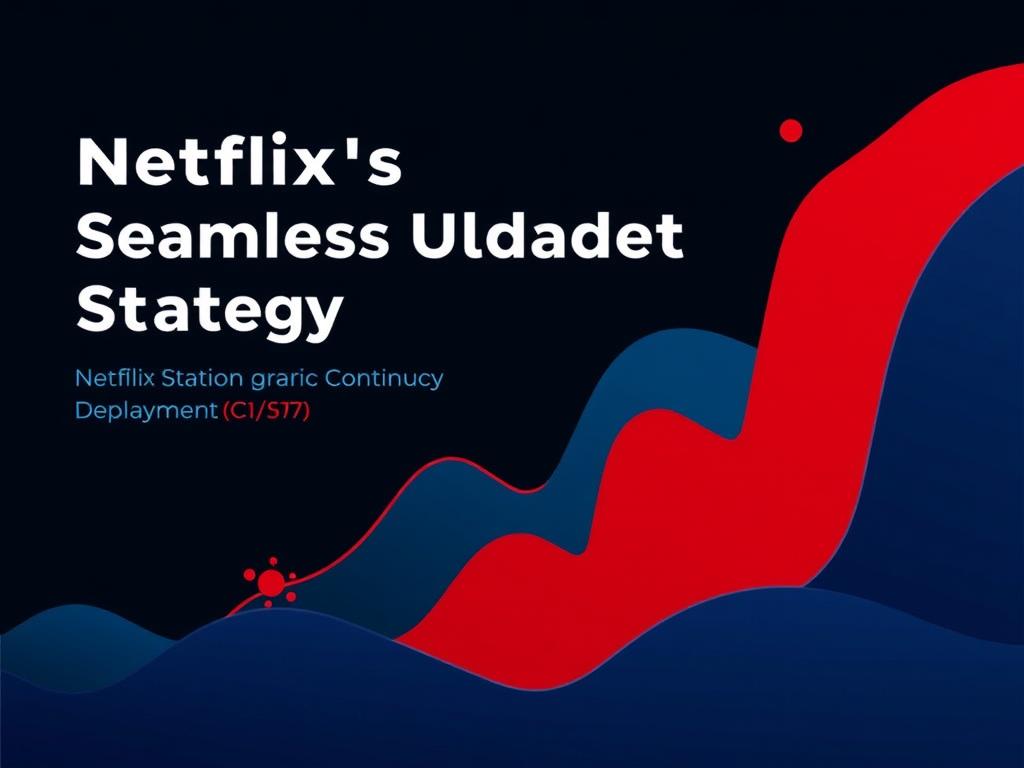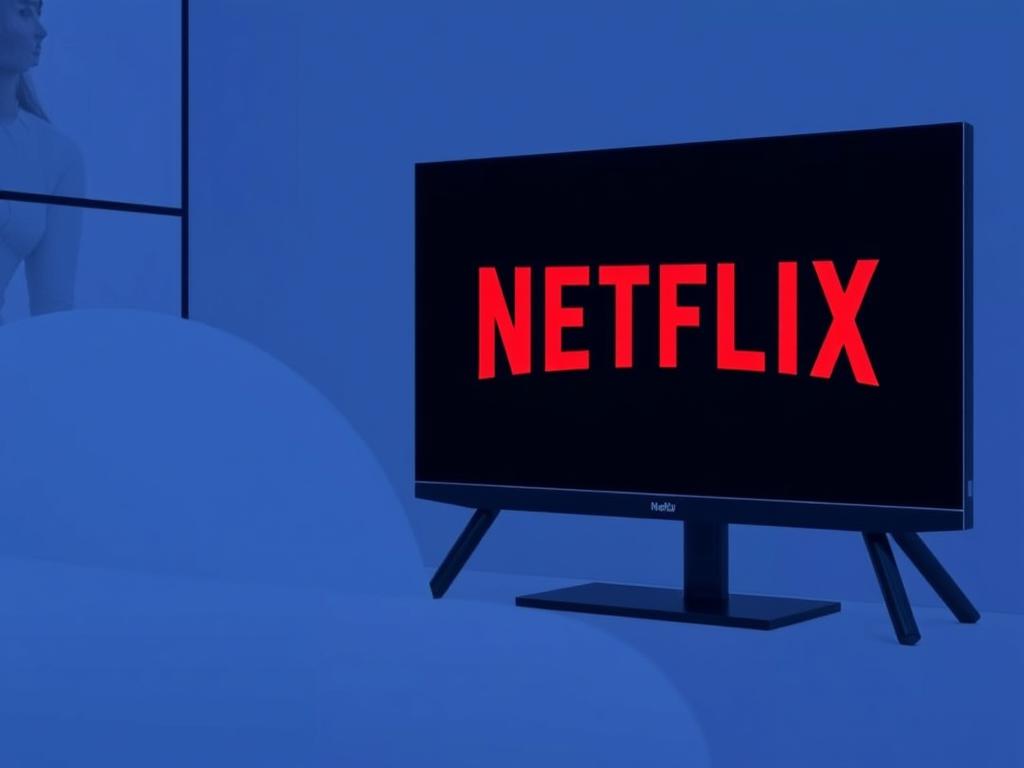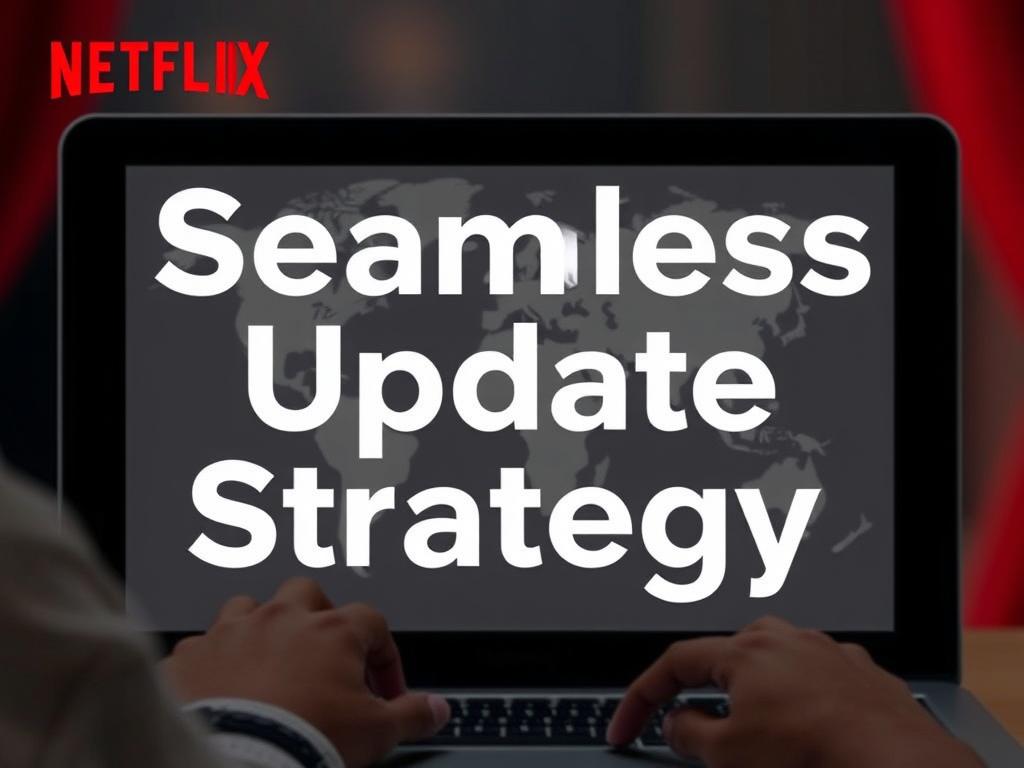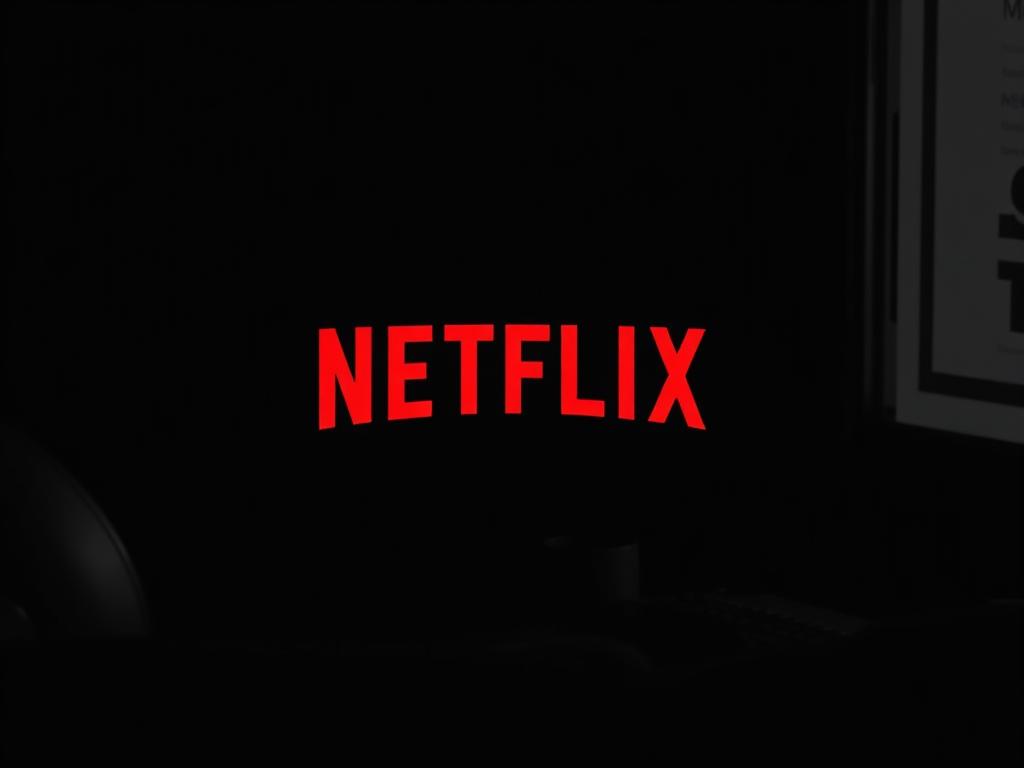Netflix has become synonymous with innovation, not just in streaming content but also in how it updates and improves its platform. Behind the scenes, Netflix employs a sophisticated update methodology that ensures users experience minimal disruption while benefiting from continuous enhancements and new features. This approach, often referred to as a soft update strategy, is a fascinating case study in modern software deployment, blending technology and customer-centric thinking into a seamless user experience.
Understanding Netflix’s Soft Update Strategy
At its core, Netflix’s soft update strategy is designed to roll out changes gradually to its vast user base. Instead of pushing updates all at once, which can lead to server strain or bugs affecting millions simultaneously, Netflix deploys enhancements in phases. This way, potential issues can be detected and resolved early without impacting the entire user community. The process is underpinned by robust testing, sophisticated data analytics, and the use of lightweight deployment packages that minimize the size of updates sent to devices.
What makes Netflix’s approach stand out is its emphasis on “seamlessness.” Users often don’t even realize an update has occurred because it happens silently in the background. Whether on smart TVs, mobile apps, or web browsers, Netflix ensures the viewing experience remains uninterrupted during software changes. This level of care speaks to the company’s understanding that user satisfaction depends heavily on reliability – an area where many streaming platforms falter during major upgrades.
The Role of Continuous Integration and Continuous Deployment (CI/CD)

One key technology behind Netflix’s update strategy is Continuous Integration and Continuous Deployment (CI/CD). These practices allow developers to merge code changes regularly and release them swiftly and reliably. Netflix engineers write automated tests that run anytime code is changed, ensuring that new software doesn’t break existing functionality.
CI/CD pipelines at Netflix are designed to support incremental updates rather than massive releases. By integrating changes daily or even multiple times a day, Netflix avoids the huge, risky updates that other companies sometimes throw at their systems. The outcome is a smoother rollout, where features become available progressively and bugs can be fixed on the fly.
Benefits of Netflix’s Soft Update Strategy
The advantages of Netflix’s soft update strategy are numerous and crucial to its success as a leading streaming platform. Here’s a breakdown of several key benefits:
| Benefit | Description |
|---|---|
| Minimal User Disruption | Soft updates allow Netflix to deploy changes without interrupting viewing sessions, maintaining customer satisfaction. |
| Risk Mitigation | Gradual rollouts help detect and address issues early, reducing the likelihood of widespread outages. |
| Faster Innovation | Incremental updates enable Netflix to test and introduce new features more rapidly and effectively. |
| Scalability | The strategy supports Netflix’s global audience by managing variations in network conditions and device capabilities. |
| Improved User Experience | Users enjoy a consistent, stable platform with new functionalities rolled out smoothly behind the scenes. |
How Netflix Balances Innovation with Stability

Balancing constant innovation with platform stability is one of the toughest challenges for any tech company. Netflix achieves this balance through a multifaceted approach embedded within its soft update strategy. By leveraging A/B testing, Netflix can present new features to a small percentage of users, gather feedback, and observe performance metrics before deciding on a full rollout.
Alongside A/B testing, Netflix uses sophisticated data monitoring tools that track app crashes, buffering events, and other user experience metrics in real time. This data-driven approach means that Netflix updates are not only smooth but also intelligently tailored to improve on weaknesses detected across its millions of users worldwide.
Global Delivery and Edge Computing

Soft updates would be impossible without Netflix’s investment in a solid global content delivery infrastructure. Netflix relies on a large network of servers, called Open Connect, strategically placed around the world to ensure content reaches users quickly and reliably. This network is also key to delivering updates in a piecemeal fashion, allowing different regions to get updated versions slightly ahead of others or in controlled batches.
Edge computing further supports this process by bringing processing power closer to the user. This reduces latency during updates and helps manage the complexity of rolling out software to a variety of devices, from smart TVs to mobile phones and gaming consoles.
Challenges in Implementing a Soft Update Strategy
While the benefits of Netflix’s seamless update strategy are clear, the path to executing it wasn’t without its challenges. Managing a platform that supports millions of simultaneous viewers demands careful orchestration of software releases. Here are some hurdles Netflix has had to overcome:
- Device Fragmentation: Netflix runs on thousands of different device models and operating systems worldwide. Ensuring updates work flawlessly across this landscape requires extensive compatibility testing.
- Network Variability: Users access Netflix on varied network types, including low-bandwidth or unstable connections. Incremental updates must be light enough to function in these conditions.
- Seamless Rollbacks: If an update causes issues, Netflix must be able to quickly revert to the previous version without affecting users’ viewing sessions.
- Data Privacy and Security: Updates must comply with global data protection laws while maintaining secure delivery methods.
Despite these hurdles, Netflix’s relentless focus on automation, testing, and layered deployment mechanisms has allowed it to address challenges innovatively and maintain a high standard of service.
The Future of Netflix Updates
Looking ahead, Netflix continues to innovate its update strategy by integrating machine learning to optimize deployment timing and targeting. This means updates could become more personalized – pushed during times when each user is least likely to be streaming or targeted based on device usage patterns. The company is also exploring even more lightweight update packages that can dynamically adjust contents based on individual user preferences and device capabilities.
Such advancements promise an even more seamless experience where the platform not only delivers creative content but also intuitively manages how its own software evolves in the background.
Key Takeaways: Netflix’s Update Strategy at a Glance
| Aspect | Netflix Approach |
|---|---|
| Update Deployment Style | Soft, incremental, phased rollouts |
| Testing Methods | Automated tests, A/B testing, continuous monitoring |
| Infrastructure | Open Connect CDN, edge computing technology |
| User Impact | Minimal to zero disruption during updates |
| Innovation Pace | Rapid and data-driven feature introduction |
Conclusion
Netflix’s seamless update strategy stands as a testament to how thoughtful, user-focused technology deployment can revolutionize not only how a platform evolves but also how users experience continuous improvement without interruption. Its soft update approach, powered by staged rollouts, advanced testing, and robust infrastructure, has shaped one of the most reliable streaming services globally. As Netflix continues to refine this method with emerging technologies and smarter automation, the company sets a powerful example for the wider tech industry on balancing innovation with stability in software updates.

